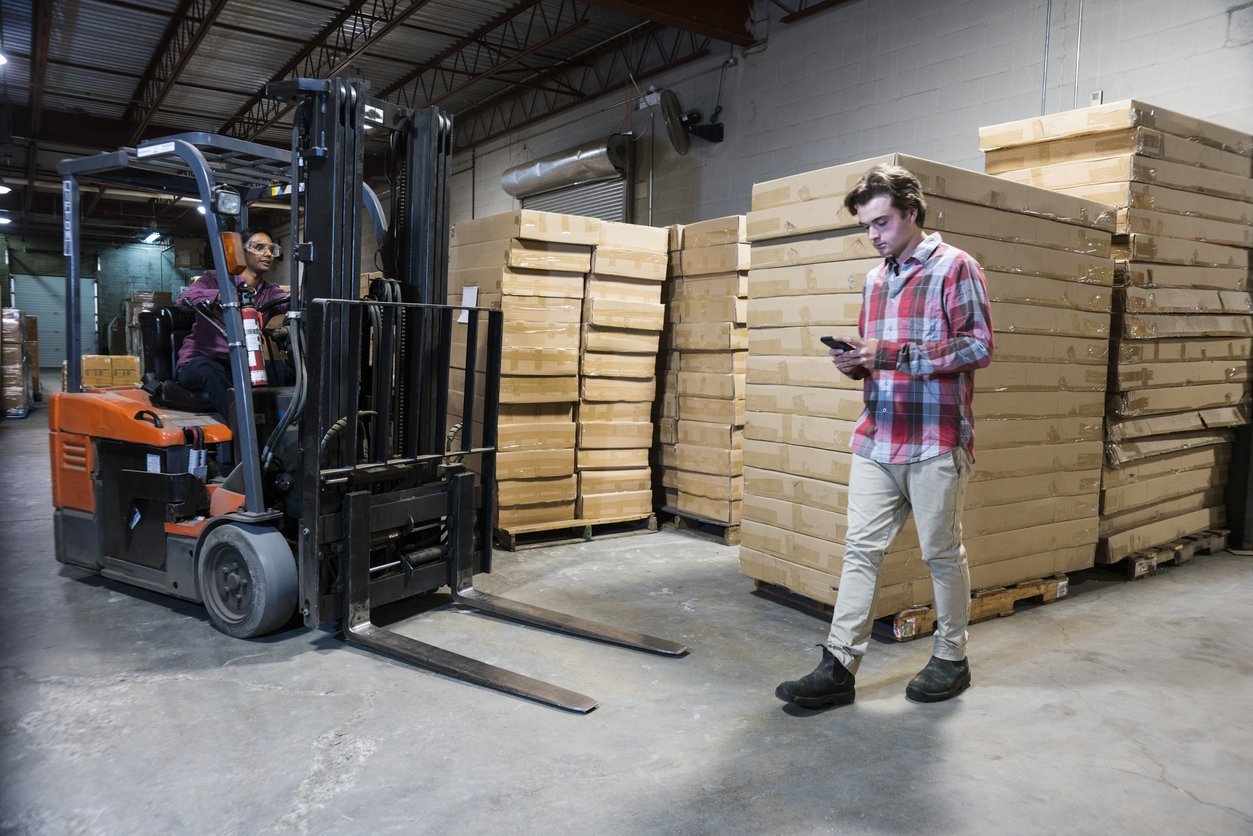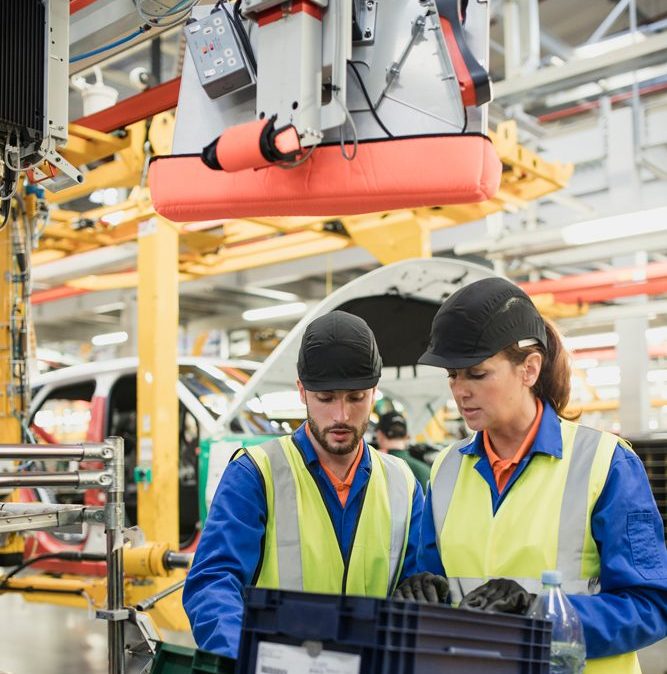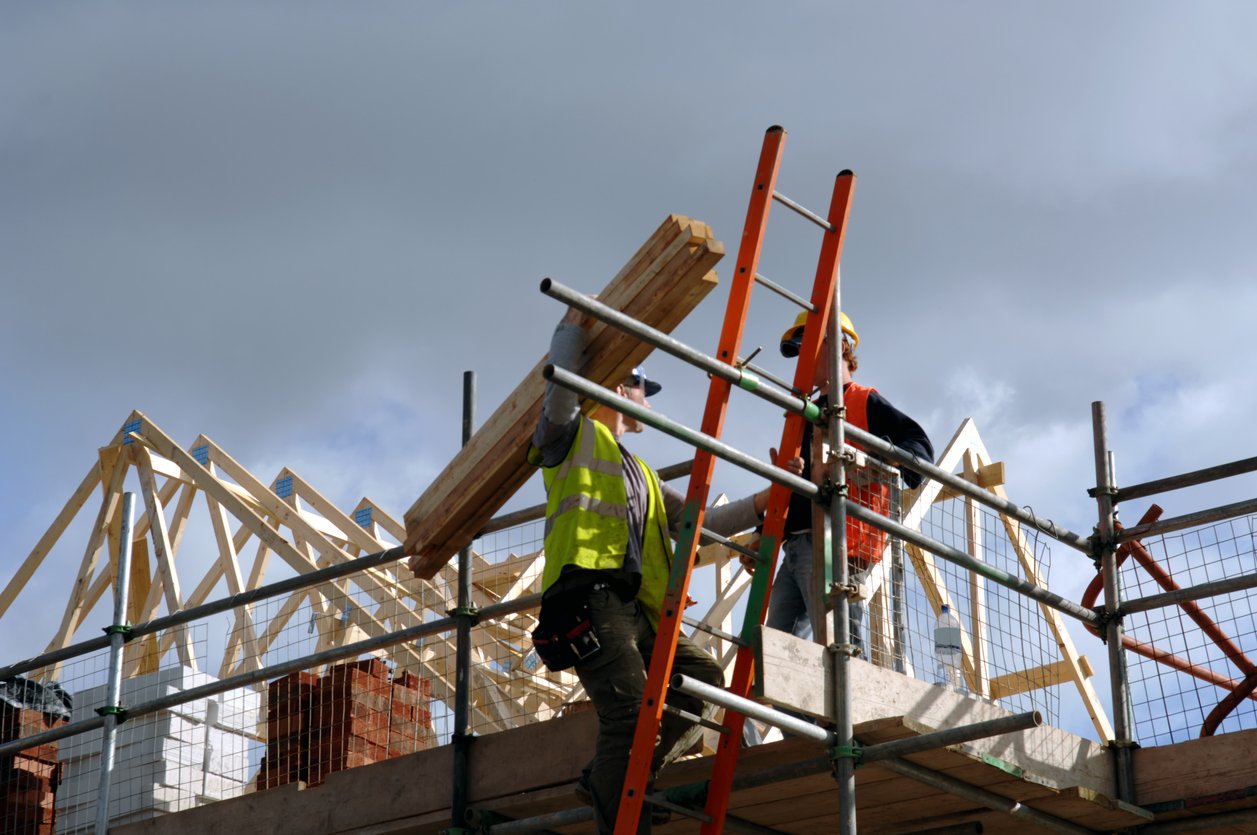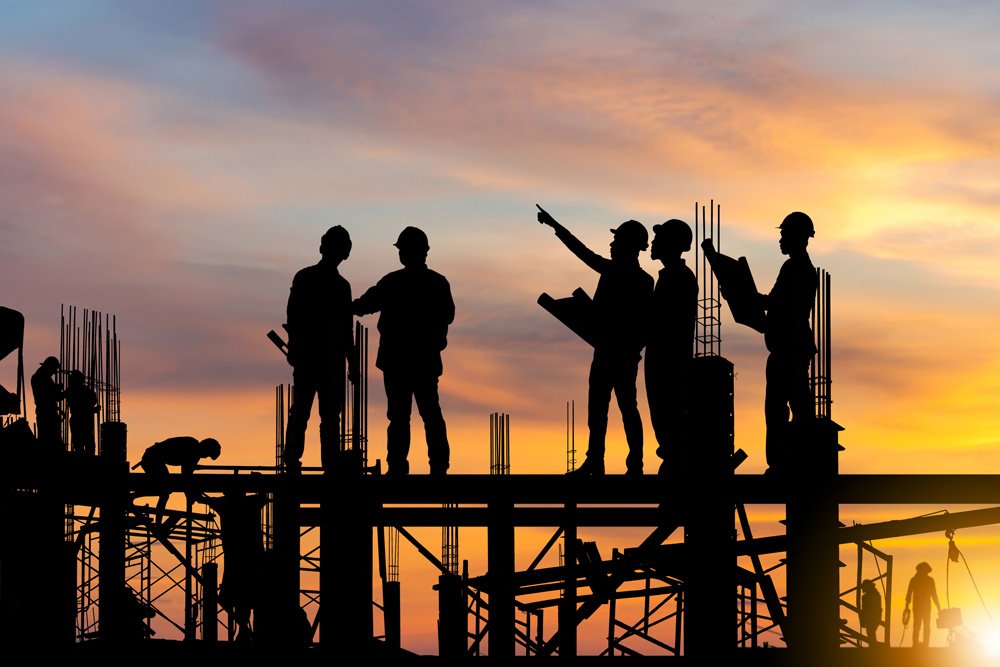
The construction industry is one of the UK’s most high-risk sectors. With hazards ranging from heavy machinery and working at height to electricity, noise, and manual handling, there’s a lot of moving parts to be aware of.
In such a dynamic environment, Health & Safety compliance isn’t optional—it’s a legal requirement.
Back in 1974, the Health and Safety at Work Act (HSWA), was set up to provide clear responsibilities for employers and employees to help protect everyone involved in work activities.
So, what does this mean for construction? In this guide, we’ll break down the Act’s key principles and how they apply on-site today.

All workplace Health & Safety laws in the UK exist around the Health and Safety at Work Act 1974 . It establishes a universal framework to protect the health, safety, and welfare of employees and anyone affected by work activities. Even if the world of work has changed a fair bit since 1974, basic Health & Safety principles haven’t.
Before its introduction on 31 July 1974, UK safety laws weren’t very put together, and they were difficult to enforce. The HSWA unified them and gave the Health & Safety Executive (HSE) the authority to oversee compliance and take enforcement action – something it still does today.
In construction, the duty of care is shared by employers, clients, contractors, and site workers. Failure to meet responsibilities can lead to legal action, fines, or serious injury.
To support the HSWA, several key regulations introduced in later years provide additional guidance and structure:
These regulations require employers to take a proactive approach to managing risks by:
They apply across all industries and help formalise the HSWA’s general duties.
CDM 2015 focuses on improving Health & Safety throughout construction projects. It places duties on:
It also requires a construction phase plan and HSE notification for certain projects.
COSHH protects workers from risks related to hazardous substances. Employers must:
All these regulations work together to help reinforce the HSWA by providing industry-specific rules to manage risk effectively – particularly in high-risk environments like construction.

The Health and Safety at Work Act 1974 sets out the key responsibilities that make the foundation of Health & Safety rules in all UK workplaces, including high-risk sectors like construction. It aims to both enforce compliance and promote a culture of prevention, shared responsibility, and continuous improvement. It’s much easier to manage risks when everyone’s looking out for each other.
The Act covers everything from offices and factories to construction sites. It requires employers to take practical, proportionate steps to safeguard the health, safety, and welfare of their employees and others affected by their work.
The HSWA outlines several essential areas of responsibility for employers:
These responsibilities must be integrated throughout a workplace’s lifecycle—from site setup and risk assessments to day-to-day operations. You can’t just set something up at the beginning of a project and not maintain it: Health & Safety has to be a priority from the beginning, right to the very end.
The Act also promotes four overarching objectives:
If you follow these principles and duties, you’ll help your construction businesses reduce risks, stay legally compliant, and foster a safer working culture!

The HSWA outlines essential responsibilities for both employers and employees. The construction industry is one of the most dangerous in the UK, so understanding and carrying out these duties is critical to maintaining a safe, compliant, and productive site.
The Act recognises that looking after Health & Safety is a shared responsibility. Employers must provide safe working conditions, but employees must actively cooperate and follow procedures to protect themselves and others.
Employers have a legal duty to protect workers and anyone affected by their activities. These responsibilities go beyond compliance—they help prevent accidents, reduce downtime, and build a strong safety culture. Key duties include:
But, if you want to go one step further, it’s worth considering getting SSIP certification (Safety Schemes in Procurement)! This not only helps you make sure you’ve got all your Health & Safety documents, systems, and protocols in place, but it also helps to streamline the tendering process and boosts your reputation as a reliable source.
Employees also have legal obligations under HSWA! They need to be actively involved to keep a site safe and compliant. Workers must:
To build confidence and awareness, many employees complete Health & Safety training or refresher courses. This keeps them updated on best practices, helping them contribute to keeping their work areas safe for everyone.

Training is vital to workplace safety, especially in construction, where hazards are common and conditions can shift quickly. Even the best safety systems won’t work if workers don’t understand how to use them! That’s why all personnel must be trained in tool use, site-specific risks, control measures, and emergency procedures.
Poor training can lead to serious consequences, especially when it comes to working with machinery or in confined spaces. Even basic first aid knowledge can turn a critical situation into a manageable one.
For new starters or those returning to the site, Health & Safety Awareness training is essential.
A proactive approach helps maintain compliance and reduce risk. Here’s how employers can make sure their training is effective:
By investing in clear, practical training, construction firms not only meet their legal responsibilities, but also build safer, more confident, and more productive teams.

Compliance with the Health and Safety at Work etc. Act 1974 is essential in construction, where high-risk activities are a normal part of daily operations. Remember: it’s more than a legal requirement. Working with Health & Safety in mind is an excellent business strategy, too, that protects people, strengthens reputation, and supports growth.
Failure to meet legal duties can result in serious consequences:
Investing in Health & Safety certification can do great things for your business, including:
SSIP (Safety Schemes in Procurement) is a nationally recognised standard that proves your business meets core Health & Safety requirements under HSWA and the HSE. It reassures clients, suppliers, and regulators that your safety systems are consistent, compliant, and robust.
And SSIP also simplifies the tendering process by reducing the amount of times you have to fill out pre-qualification questionnaires and checks! A certification means an accredited Health & Safety body has deemed your company safe to work, which enhances credibility and demonstrates leadership in safety, giving your business that desirable competitive edge.
From beginning to end, embedding Health & Safety compliance into your daily operations will help your company stay protected and secure long-term success.
Here at Smas Worksafe, we offer SSIP and a bunch of useful Health & Safety training modules. Want to find out more? Check out our website or get in touch with our friendly support team today!
